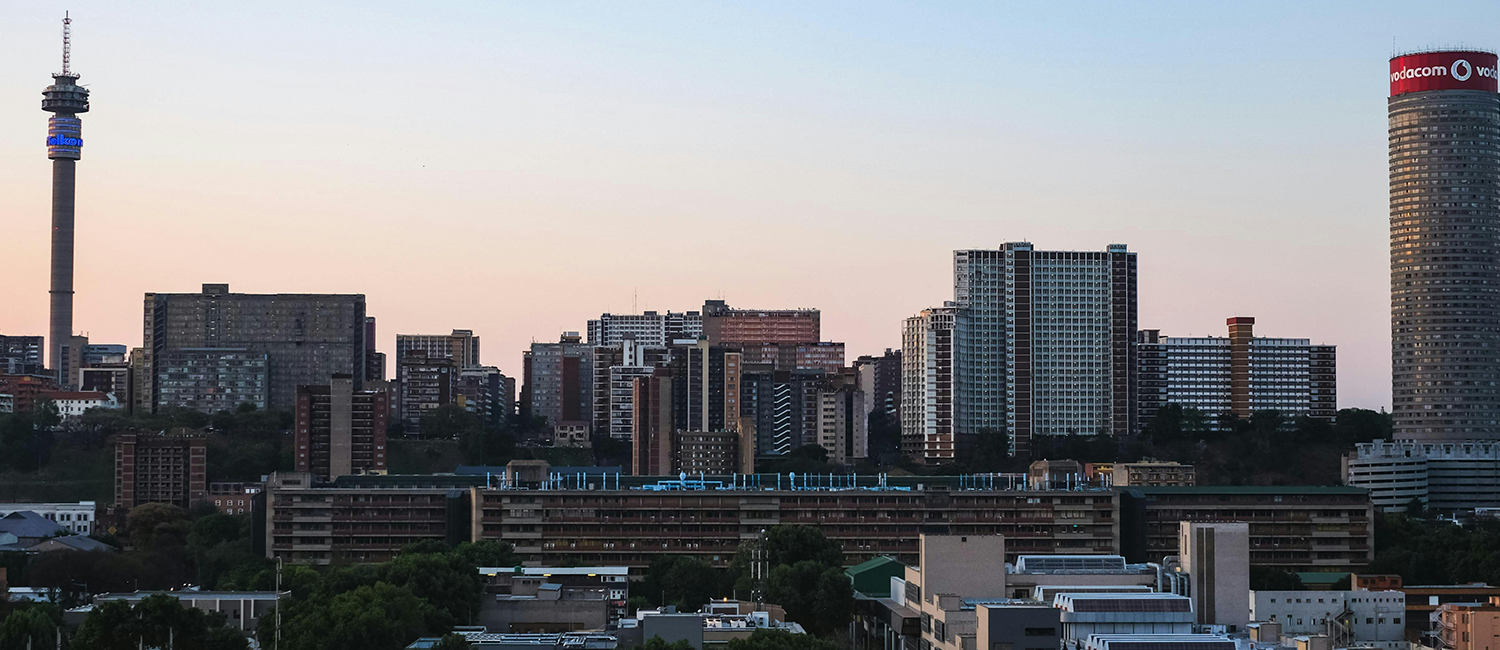By 2030, Johannesburg residents could number more than 2 billion people. In recognition, the City of Joburg is investing more than R110-million into upgrading the city’s infrastructure to comfortably support current and new residents.
The City of Johannesburg is addressing its aging infrastructure with an investment of more than R110-billion over the next 10 years.
According to the City’s executive mayor, Parks Tau, “Over the next three years, more than R30-billion will be allocated to the replacement and upgrading of ageing infrastructure as well as new infrastructure.
“In the 2013/14 financial year alone, R7.3-billion will be spent on infrastructure which represents almost a double up from the R4.6-billion in 2012/13. The 2014/15 financial will allocate a further almost double up of R13.5-billion.”
Speaking about the City’s readiness to host the upcoming C40 Cities Climate Leadership Group Mayors Summit, at the Sandton Convention Centre, from 4 to 6 February, Tau highlighted the responsibility to ensure capital investment.
MORE PEOPLE, BETTER BUILDINGS
Johannesburg residents are a mixed bag; many enjoy high standards of living and others have come to the city to find a better life. In light of this influx, the JDA, along with the City, will pave the way for massive changes to cater for the growing number of residents.
If the City is going to fulfil its Growth and Development Strategy (Joburg 2040), be the country’s leading centre for business and industry, and be a world-class city that offers opportunities, then all its residents must be able to live and work in a safe, clean environment.
Joburg 2040 provides the basis for the city to become an equitable, non-racial, non-sexist, prosperous, and just society.
The guidelines state: “Using urban density as a proxy for compactness, Johannesburg has some of the lowest urban densities – when compared to global cities. Average densities within the metropolitan region indicate 521 persons per square kilometre. There are large volumes of people within the Inner City with considerable overcrowding in particular neighbourhoods.”
When the Growth and Development Strategy was developed, the projected population for the city by 2030 was 5.8 million people. According to the 2011 Statistics South Africa SA Census population count, the projected population for 2030 is now set as 6.9 million people. The City would have to cater for an additional 2.5 million people.

